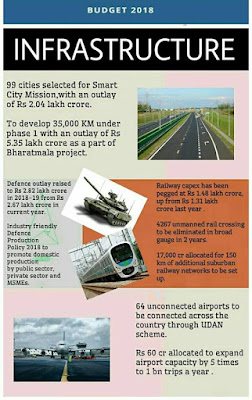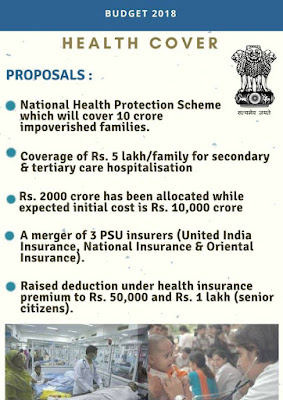You've Been Served: India and the GDP Fudge
GDP i.e., Gross Domestic Product is defined as the final value of goods and services produced within a country in a specific time period - monthly, quarterly or annually. As per Samuelson and Northadaus in their seminal textbook, 'Economics', GDP gives an overall picture of the state of an economy just like a satellite in space surveys the weather across an entire continent. GDP enables policymakers, central banks, economists and businesses to analyze the impact of various policies and decisions made by the government for the economy.
The task of measuring the economic activities of India and further releasing the GDP of the country is taken care of by the Central Statistical Organization (CSO) which releases the GDP quarterly in every Financial year.
So, when CSO released the GDP of Q3 of FY16, there were many debates about the fudging done by the government to prove demonetization, as a big success. Some were of the view that the government was trying to fudge the actual GDP by changing the base year for GDP calculation. A few stakeholders were in support of the government for a change in the base year as it is required from time to time for accurate measurement of economic growth. And according to the government, change in base year facilitates understanding (data) for analysis and international comparability . Even though Demonetization created a cash crunch in the market leading to less money in hands of the people but as the government took adequate measures to manage the money supply in the market, the problem of cash crunch declined. But the ongoing debates about fudging done by government by changing the base year didn’t cease. There were claims that GDP of Q3 of FY16 would be around 4-5% rather than 7% which arrived due to the change in base year. Such claims didn't arise when the base year was changed in 2010 and then in 2013. According to the recent revisions by CSO, FY16 GDP growth revised up to 8.2% while FY17 GDP growth remained unchanged at 7.1% which shows that GDP was high in FY16 as compared to that in FY17 and this makes the claim of fudging by the government, irrelevant.
GDP is a widely used way to analyze the decisions made by the government and to compare the economic growth of a country with that of other countries. However, as each coin has two sides, GDP can’t be called the accurate measure of the economic growth of a country. GDP has some drawbacks and some of them are-
- It does not account for the underground economy.
- It emphasizes economic output without considering economic well-being.
- Non-Market Production isn’t included.
- GDP is sometimes influenced by Externalities.
- GDP does not take into account leisure time, nor is consideration given to how hard people work to produce output.
- Changes in quality and the inclusion of new goods aren’t accounted by GDP.
References:
-Amisha Garg, I Year



Nicee
ReplyDelete